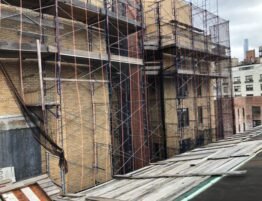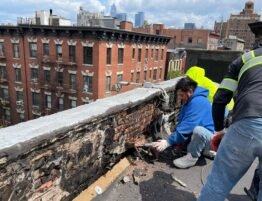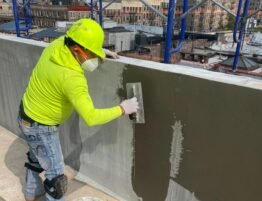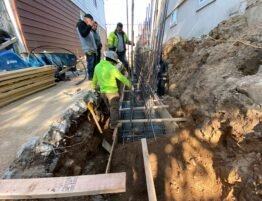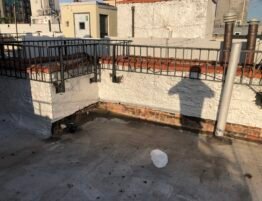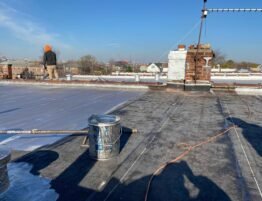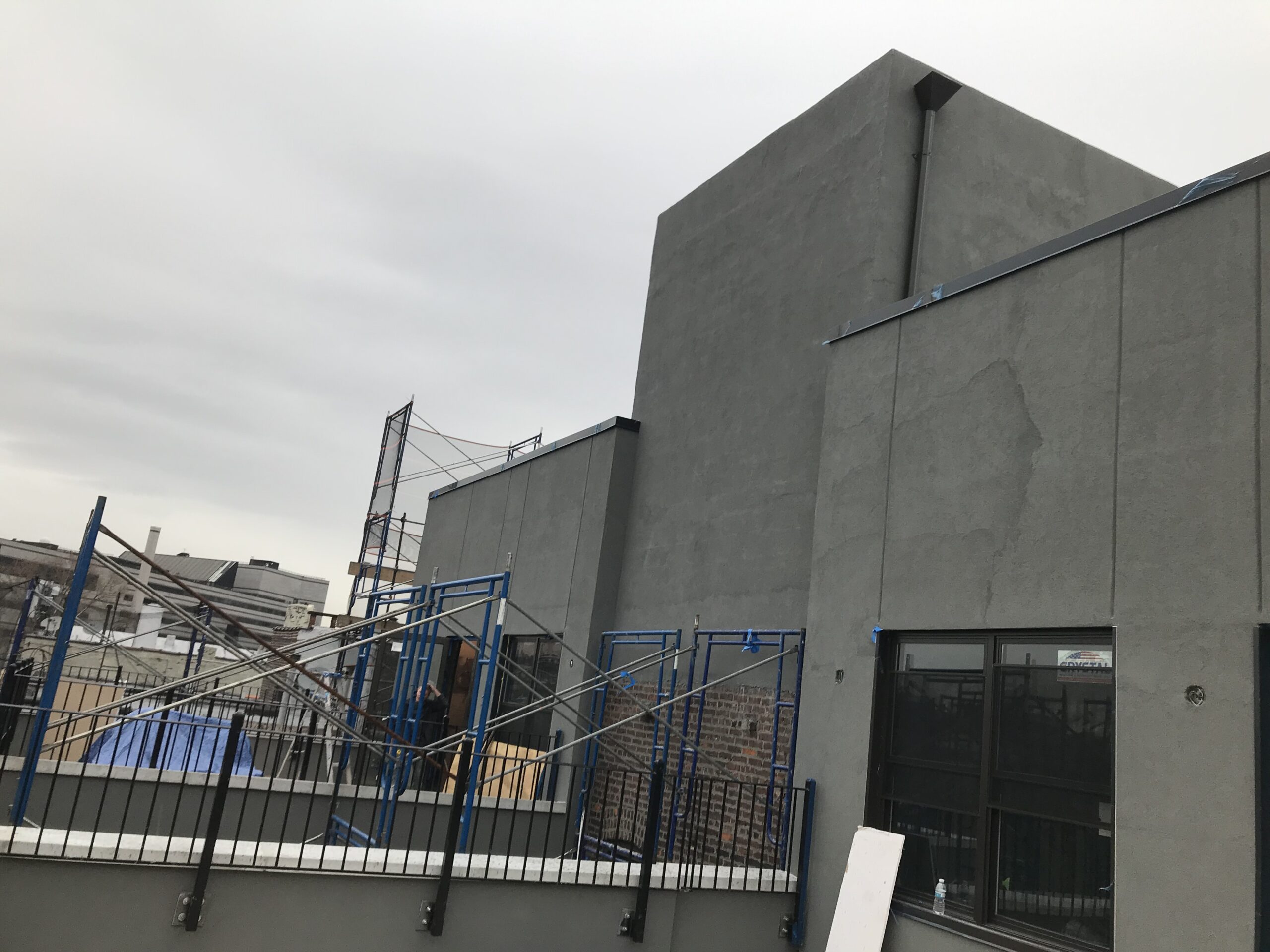
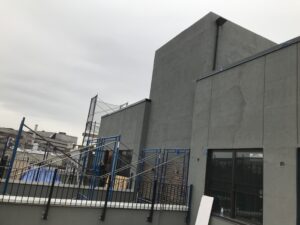 Stucco siding is extensively preferred for buildings of any kind. The rustic appeal and authentic texture of stucco make it one of the best siding materials. However, despite its sturdiness, stucco exteriors are susceptible to considerable damage. Moisture, fluctuating temperatures, molds, and corrosion are prevalently responsible for its decay.
Stucco siding is extensively preferred for buildings of any kind. The rustic appeal and authentic texture of stucco make it one of the best siding materials. However, despite its sturdiness, stucco exteriors are susceptible to considerable damage. Moisture, fluctuating temperatures, molds, and corrosion are prevalently responsible for its decay.
So, fixing stucco damage becomes essential to restrict its untimely failure. But, as you approach stucco repair contractors Queens, you may be often confused when they ask you whether you need repair or remediation. Though both these terms may seem similar, they propose substantially different meanings. Stucco repair and stucco remediation are distinctively varying processes. So, enlightening yourself about these techniques can help you make better decisions.
Gladly, you do not have to scout through the Internet, because in this blog, we have discussed everything you need to know about these processes. Here it goes.
Stucco Repair: When Do You Need It?
If you reside in any of these cities- Bronx, Queens, Manhattan, Long Island, Brooklyn, and Richmond Hill, your building must also have stucco siding primarily because of its incredible strength and durability. Nonetheless, most often, you may need a stucco repair service when there is surface damage. It means your stucco has undergone superficial defilement while the core is intact.
During stucco repair services, fixing the damage is all you do instead of fixing the underlying problem. It is a cost-effective and less invasive procedure. Such repairs are generally done in new stucco work where the severity of damage is less critical. When treating specific issues can solve the problem, why do you need remediation? However, sometimes, you may miss out on any underlying damage during stucco repair.
Now, stucco repair is performed in the following cases:
- Small surface cracks that affect only the aesthetics instead of the structural integrity.
- Superficial dents created by physical impact like being hit by any object, etc.
- Stains that particularly occur due to the spilling of liquids, grease, efflorescence and others.
- Uneven surface due to natural wear and tear.
Since stucco repair is a temporary fix; it is not an ideal solution for extensive water damage or structural defects.
Stucco Remediation: When Is It Necessary?
Stucco remediation is the complete removal of old stucco and re-applying a fresh layer after resolving the underlying flaws. Hence, it is like curing the illness instead of treating the symptoms! Being an extensive process requiring adequate expertise, you must approach reputed and reliable stucco repair companies for remediation.
To remediate stucco, it is essential to conduct a thorough inspection to identify the source and extent of damage. Moisture intrusion to the substrate is typically the predominant cause of critical stucco damage affecting its structural stability. Most often, windows and doors are the soft spots of water seepage.
After inspection, the entire wall is torn down to remove faulty stucco and access the deeper layers. The source of the problem is readily fixed and new stucco is applied. Compared to stucco repair, remediation is more expensive.
When does stucco remediation become the only alternative?
- Old, crumbling stucco that can fail anytime!
- Substantial water damage weakening your stucco’s structural and functional efficiency.
- Poor stucco installation leading to premature damage like leaks, moisture retention, etc.
- Molds that not only make your stucco unsightly but also compromise its strength and longevity. Molds appear due to rigorous water damage in the underlying layers.
- Moisture penetrating the building’s interior indicates clear damage to the stucco’s internal framework.
Learning about the tips for stucco repair and remediation, we hope you understand their unique dispositions. The next time when you think of fixing stucco, we hope you will know what is to be done!

